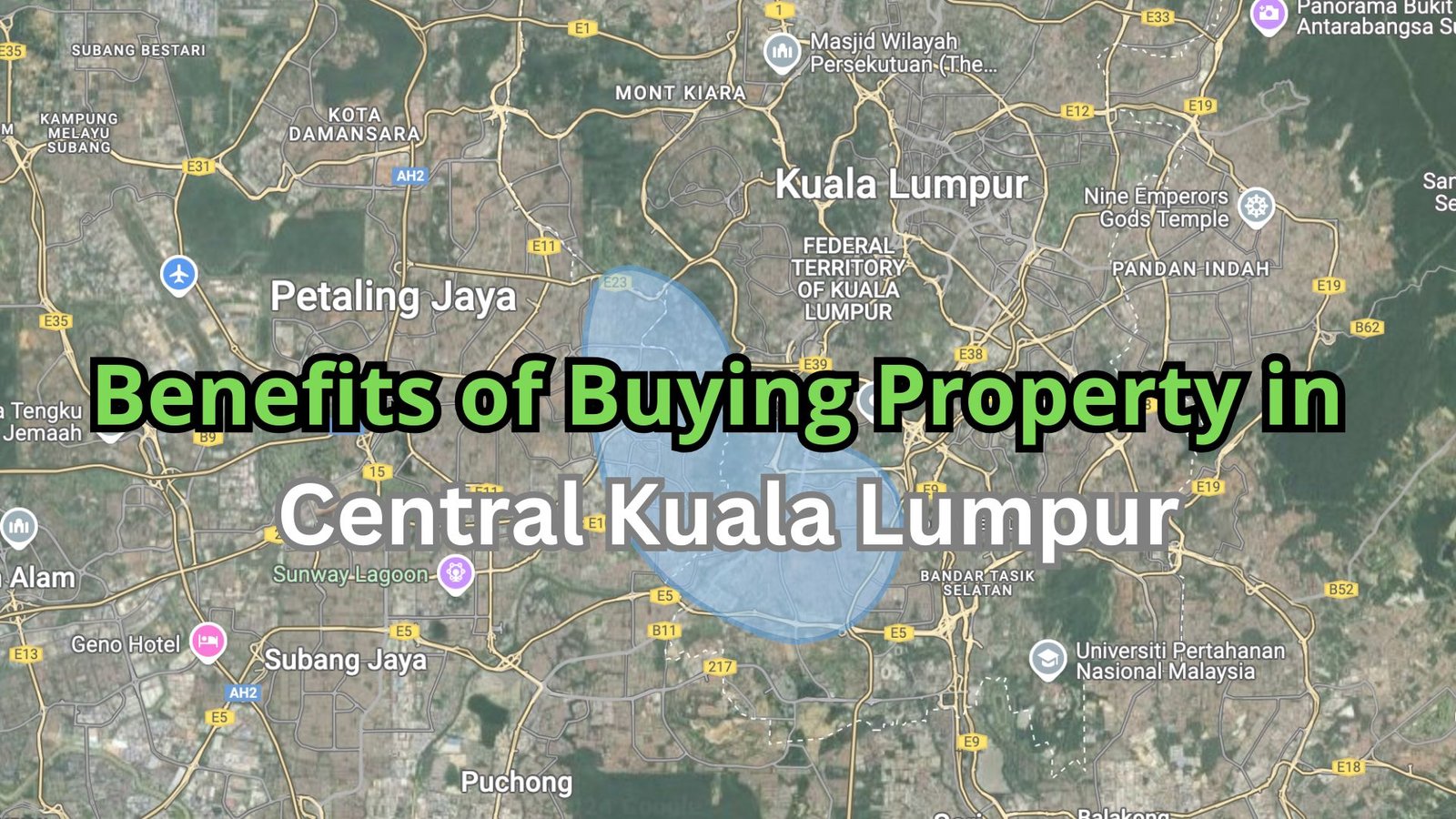
Understand the importance of sinking fund and maintenance fees in strata properties. Learn what they are, how much they cost, and why they matter. Avoid hidden charges and secure your living space.
Sinking fund and maintenance fees are both charges that are associated with owning a strata property. However, they serve different purposes and are used for different things.
A sinking fund is a shared pot of money that is collected from all residents in a strata building. The purpose of this fund is to provide financial security for major repairs or renovations that may be required in the future. The amount of money collected for the sinking fund is determined by a percentage of the overall service charges and is kept in a separate account.
Maintenance fees, on the other hand, are used for the ongoing upkeep and repair of a property. This includes things like gardening, repairing common areas, security, and cleaning. Maintenance fees are usually calculated based on a shared percentage, which is divided among all residents, and are meant to cover the everyday costs of running a large property.
Nobody likes to be surprised with unexpected charges, which is why it’s important to understand the workings of a sinking fund and maintenance fees in strata properties. These shared fees provide vital financing for property management and maintenance, ensuring that your living space stays in top condition. A sinking fund is like a shared pot of money set aside for future expenses, such as major repairs to the building. Meanwhile, the maintenance fee covers everyday upkeep and management costs, including security, cleaning, and garden maintenance.
It’s important to remember that the total cost of maintenance fees can vary based on a range of factors, such as the type of unit, floor size, shared facilities, and access points. The sinking fund is kept in a separate account and is typically charged as a percentage of the overall service fees.
The collection of maintenance fees is governed by the Strata Management Act, which requires developers to establish a management company and a Joint Management Body. The JMB is responsible for maintaining and managing the building, determining charges and sinking funds, and other obligations. Owners have the right to question the JMB, view its accounts, and challenge property management decisions if necessary.
In summary, the sinking fund is used for large-scale future expenses, while maintenance fees are used for ongoing expenses and property management.
















